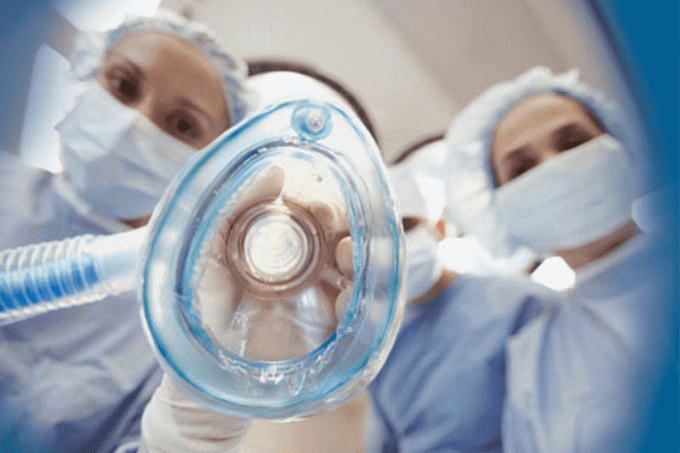Local anesthesia
Varieties of this anesthesia very much. There are even the so-called infiltration anesthesia. Usually local anesthesia is less dangerous and toxic compared to the total. But there is only one complication – an allergic reaction. This type of anesthesia is very often used in dentistry. Because the test sensitivity is carried out quickly or it may not even exist, then there is a high probability of anaphylactic shock.
Regional anesthesia
This type of anesthesia causes greater fear than common. This group includes spinal and epidural anaesthesia. This anesthesia is performed with a needle Bira (12 cm). At the level of the lumbar vertebrae come directly into the spinal canal and to pour the anesthetic. This manipulation can be dangerous complications. Because obviously done an allergic test, the risk of losing the patient from anaphylactic shock is significantly reduced. In this type of anesthesia perform operations on the pelvic area and the legs, also the possible anesthesia in childbirth and caesarean section.
General anesthesia
There are two types of General anesthesia: inhalation and non-inhalation. They have their advantages and disadvantages, and therefore the consequences can be different.
Neingalyatsionnyh anesthesia is more simple, because the drug is injected into a vein and the person falls asleep. However, this type of anesthesia is not always possible to control. This is due to the fact that the same drug on different people act in different ways. Depends on the duration of the drug and the presence of humans during sleep. For example, the patient may Wake up during surgery. However, in our time, this happens rarely.
Inhalation anesthesia is safer and more manageable. But it is more toxic. Prior to the development of anesthesiology as a science, the majority of patients died on the operating table. This happened due to the fact that doctors simply did not know the required dosage of air and the exposure time. At this stage of the development of modern medicine, a death is possible for 250 thousand patients.
